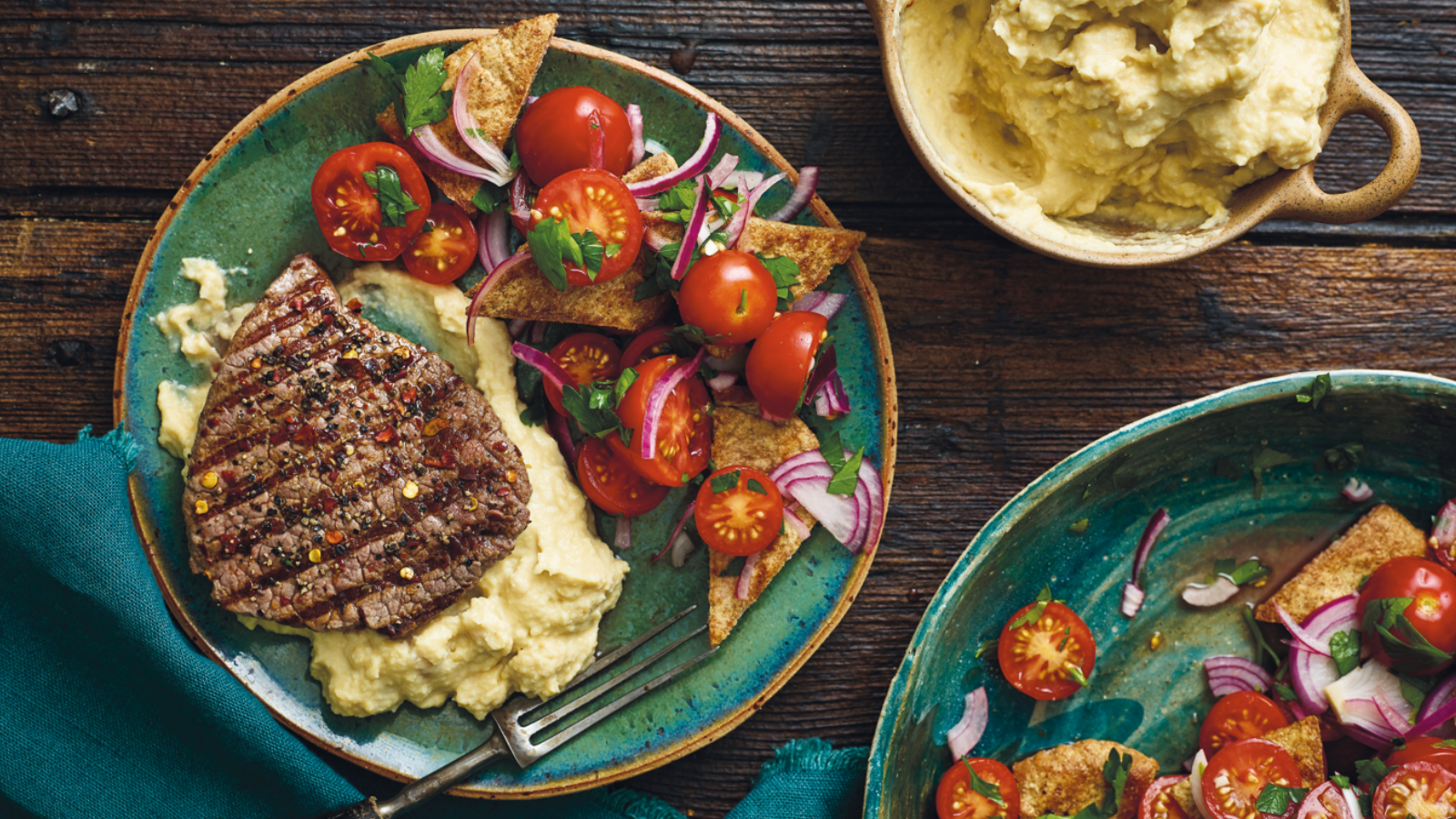Keto for beginners


Keto might have nabbed itself a big slice of sizzle factor in the last decade or so, but if you don’t know much—or anything—about what it actually is, where it comes from, or what’s involved, don’t panic. Below, you’ll find the key facts and figures, including what the latest research says about whether it’s effective and how doable it is.
The keto diet history
These days ‘keto’ and ‘weight loss’ might go hand in hand in the headlines, but the keto diet wasn’t originally designed with that in mind. It was actually invented in the 1920s to mimic what happens in the body during periods of fasting, after it was discovered that fasting could improve symptoms for people living with epilepsy. So in other words, it wasn’t a weight loss diet, it was a treatment for epilepsy.
But thanks to the mechanics behind it, in the last few years keto has gained a reputation for being a diet that can lead to weight loss.
The weight loss link
Those ‘mechanics’ we just mentioned go a little something like this… if you deprive your body of glucose, which is the main source of energy or fuel for your cells, your body is forced into a state of ketosis, where it starts producing an alternative fuel, called ketones, from your stored fat. Hence the name – the keto diet.
How to get into the keto diet
To deprive your body of glucose, you’d need to drastically limit how many carbohydrate-containing foods you eat, because they’re the main source of glucose.
Many different versions of the keto diet exist, but the idea is that, to trigger ketosis, you can’t consume any more than 20 to 50 grams of carbohydrate a day. That can mean that once you eat one medium banana, you’ve reached your daily carbohydrate allowance.
In lieu of carbohydrates, you’ll need to significantly—and we mean significantly—bump up your intake of fat-rich foods, whether that’s those rich in saturated or unsaturated fat. Between 70 and 80 per cent of your daily calories (a.k.a. kilojoules) should come from fat. Sounds like a lot, right? It is.
Keto diet foods
What to eat on keto can depend on which expert you listen to, and keto food lists can vary. But there are some hard-and-fast rules.
Keto is a very low-carbohydrate diet, so to follow it you’d need to completely ban a whole lot of foods to keep your carbohydrate intake within the recommended limits. This would mean a mix of obvious choices, like bread, cereal, pasta and potatoes, are off the menu, as well as some less obvious choices, like legumes, most fruits and even yoghurt.
On the fat front, you’d need to make a conscious effort to include a source in every meal and snack you eat, to meet the diet’s high-fat requirement. This would require using a combination of actual fats, like oils, animal fats and ghee, as well as foods high in fat, like nuts and seeds, bacon and avocado. Lower-lactose types of dairy food, like butter and hard cheeses, can also be used to top up your fat intake.
Thinking ‘great, some of my favourite treat foods are high in fat… going keto would be a cinch!’? Don’t forget the ‘low carb’ part of the equation. For example, hot chips and chocolate might be high in fat, but they also contain a lot of carbohydrate, which means they’re on keto’s banned foods list.
So, does keto work?
It depends what you mean by ‘work’. Some research does show that the keto diet can deliver short-term weight loss, as well as producing beneficial changes to other measures of health, like blood pressure, blood sugar and cholesterol levels, at the same time.
But according to a review of 13 different studies, after 12 months, these effects aren’t significantly different to those who followed conventional weight loss methods. The fact is, whether you’re eating a high- or low-carbohydrate diet, you’ll only lose weight if you consume fewer calories than your body burns.
Plus, research also discovered high dropout rates amongst people following a keto diet, because it’s so restrictive.
